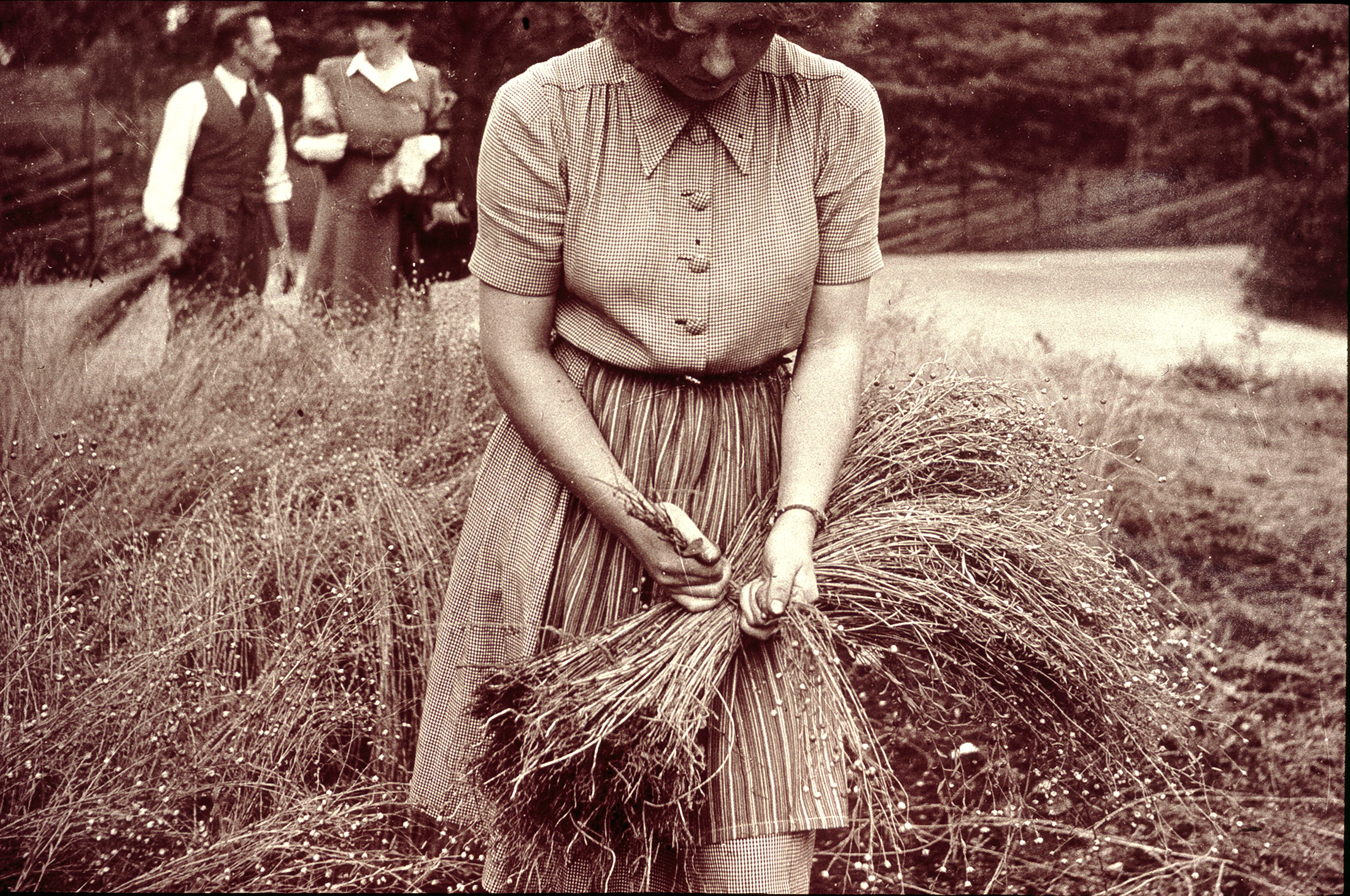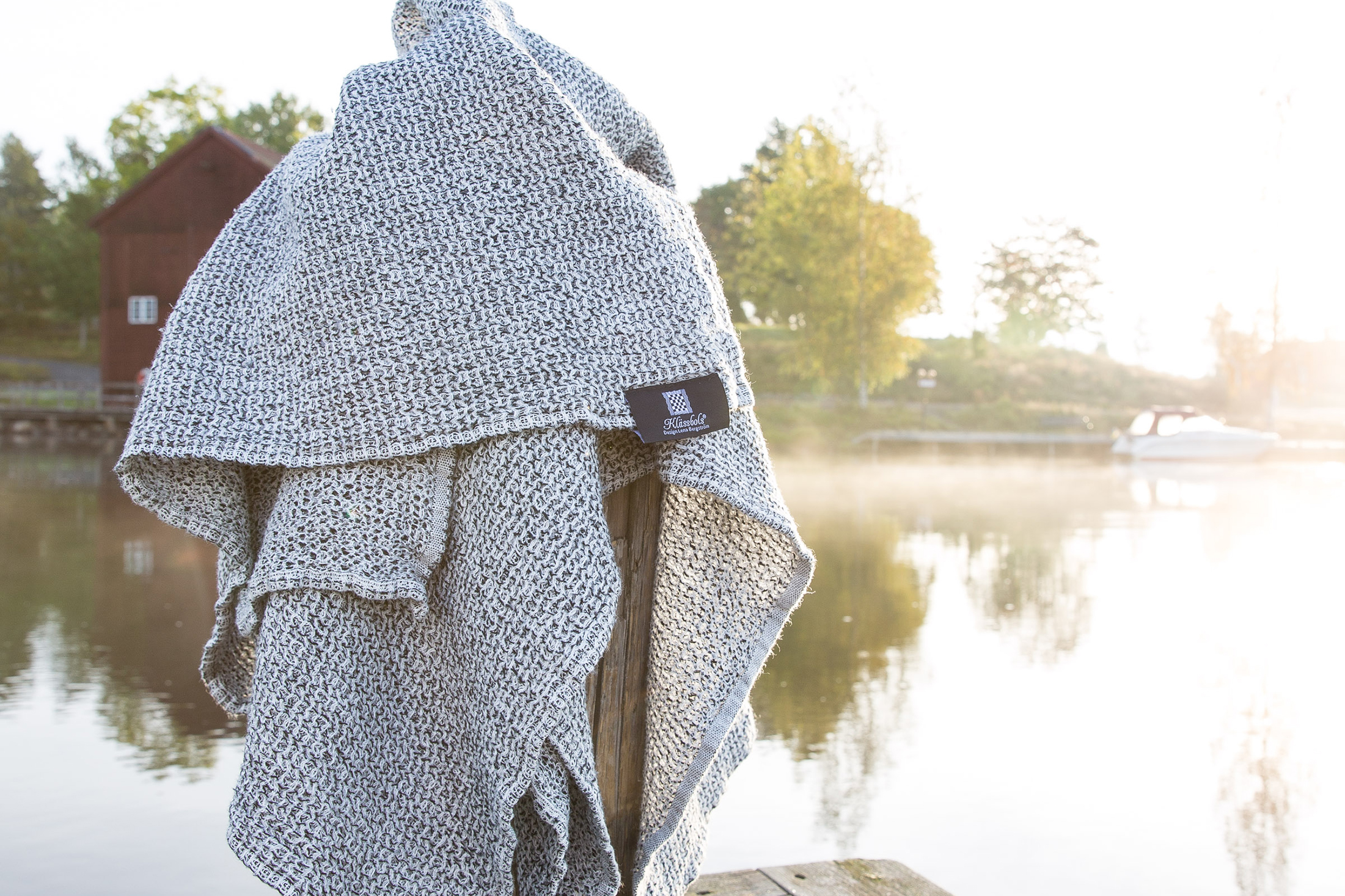LINEN – ONE OF MAN'S ETERNAL COMPANION LAWS

From Stone Age Utilities to Modern Luxury Fabrics: Linen's Journey Through History
Already during the Stone Age, people in Europe could prepare flax, although most of it seems to have been used for useful things such as rope, fishing nets and the like. Clothing was not that developed at the time. Hardly anyone had thought of the tablecloth, not to mention the napkin. In ancient Egypt, people began to dress in beautiful and cool linen clothes. Linen was the only material allowed in the priestly robes and the mummies were wrapped in fine linen bandages, many of which are still preserved. From Egypt, the knowledge spread over Babylon, which in ancient times was the center of the "linen industry", via Greece to the Roman Empire and further up Europe. In the Roman Empire, there were during antiquity large flax spinning mills in e.g. Ravenna and Vienne which were under the close control of the "procuratores linificiorum", which says something about the importance attached to the material. In Sweden, we have been able to prepare flax at least since the Bronze Age.
Long into the 16th century, the line was strung on a dragonfly, a handy tool, which you can still see oriental women mastering with virtuosity. Around 1530, the spinning wheel came and further accelerated linen production. Flax handling was a craft for a long time. When the machines arrived at the end of the 18th century, linen's worst competitor - cotton - also arrived. Better machines came, which were also suitable for the linen industry. In 1805, Joseph Marie Jacquard constructed his epoch-making machine for pattern weaving, which, among other things, gave the old, fine damask weaving new possibilities.
The line has faced severe competition from simpler and cheaper materials and more than once it has been thought that it would disappear entirely. The quality and aesthetic value of the linen has finally overcome all "novelties", including the synthetic fibers of recent years. Now linen seems to be entering a new heyday – in a world heading back towards quality thinking and beautiful things. Linen is an unparalleled material - in skilled professional hands.

About linen products
The long fiber of linen lends itself well to weaving and its use can be traced back nine thousand years. In the 18th century, there were several famous Swedish damask weaving mills and the blue-flowering flax fields were breathtakingly beautiful in the countryside. Eventually, cotton took over as the most common textile fiber and the labor-intensive linen ended up in the shade. Today, flax is no longer grown in the Nordics, except on a limited scale, but linen fabrics are experiencing a renaissance. Awareness of nature has gained a strong foothold and more and more people value tradition and linen's unique properties.
Hellinne consists of only linen yarn, which has many good properties. The linen fiber has extreme strength and absorbency. The fabric is quick-drying and dirt-repellent. If you spill liquid on the fabric, it is immediately absorbed. Linen towels are excellent in the kitchen for drying glass and giving silver and crystal a beautiful shine. The linen also feels nice and cool against the skin.



